T4K3.news
Ancient crossbreeding find reported
A 140000-year-old crossbreed fossil in Skhul Cave highlights early humanNeanderthal genetic exchange.
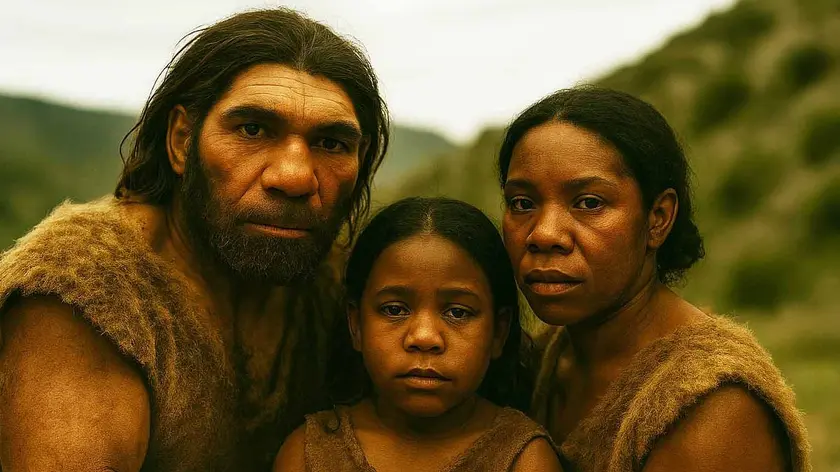
A 140,000-year-old child fossil shows Neanderthal and Homo sapiens interbred earlier than thought.
Neanderthals mated with humans 140000 years ago
Scientists say a five-year-old child fossil found in Skhul Cave, Mount Carmel, northern Israel, lived about 140,000 years ago with parents from two different lineages. A CT scan and detailed measurements show the skull curvature resembles Homo sapiens while the jaw and inner ear carry Neanderthal traits. The team, including researchers from Tel Aviv University and the French CNRS, dates the find and argues that it is the earliest physical evidence of interbreeding between the two groups. They refer to the mixed population as Nesher Ramla Homo.
The discovery pushes back the timeline for interbreeding and points to long contact between Neanderthals and early modern humans in the Levant. It aligns with other evidence that Neanderthals lived in the region as far back as 400,000 years ago and that humans left Africa around 200,000 years ago, bringing new gene flows into local populations. The skeleton shows a blend of traits across both lineages, illustrating that early humans were not simply separate species but a web of interacting groups. The study was published in l Anthropologie and adds a crucial piece to the puzzle of how our shared ancestry formed in the Levant.
Key Takeaways
"Genetic studies over the past decade have shown that these two groups exchanged genes."
Lead author Israel Hershkovitz highlights long‑standing gene flow.
"The fossil we studied is the earliest known physical evidence of mating between Neanderthals and Homo sapiens."
Hershkovitz emphasizes the significance of the find.
"The girl had a powerful neck, a little higher than Homo sapiens, her forehead was less bulging."
Dambricourt‑Malassé describes the hybrid morphology.
The finding reframes how we think about early human evolution. It supports a view of our ancestors as a network of populations that mixed over thousands of years, rather than cleanly separated lines. The Levant appears as a crossroads where Neanderthals and Homo sapiens met and mated, leaving a genetic trail that modern humans still carry.
At the same time, the report invites caution in how we present ancient hybrids. Visuals and headlines can oversimplify a story of complex social life in prehistory. More fossils and DNA evidence are needed to confirm how widespread such crossbreeding was and what it meant for the people involved. The result is a nuanced, not sensational, portrait of human origins.
Highlights
- Hybrid roots run deeper than we thought
- The past still holds stubborn secrets about who we are
- Our genome carries the stories of distant neighbors
- One fossil rewrites the map of our origins
Further research will likely refine how we map the first chapters of our shared ancestry.
Enjoyed this? Let your friends know!
Related News
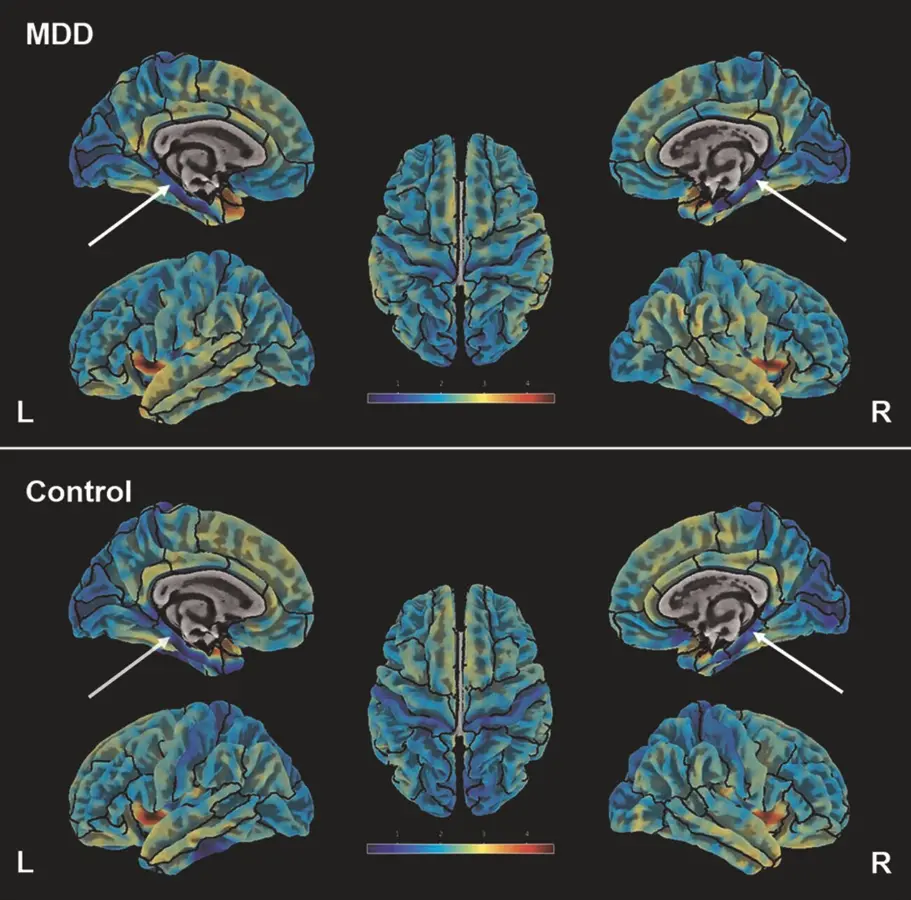
New studies reveal dangers in chatbot interactions
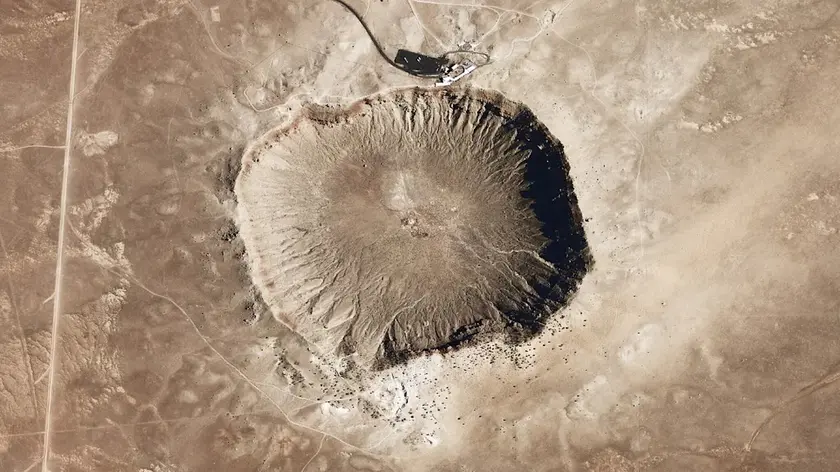
New study redates Earth's ancient impact crater

Conch shell breathing shown to ease sleep apnea in small study
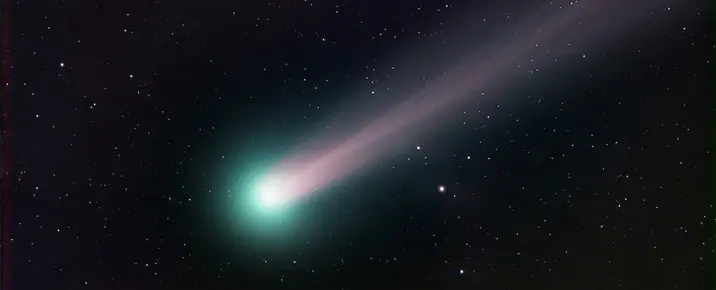
Discovery of Ancient Comet Dust Announced
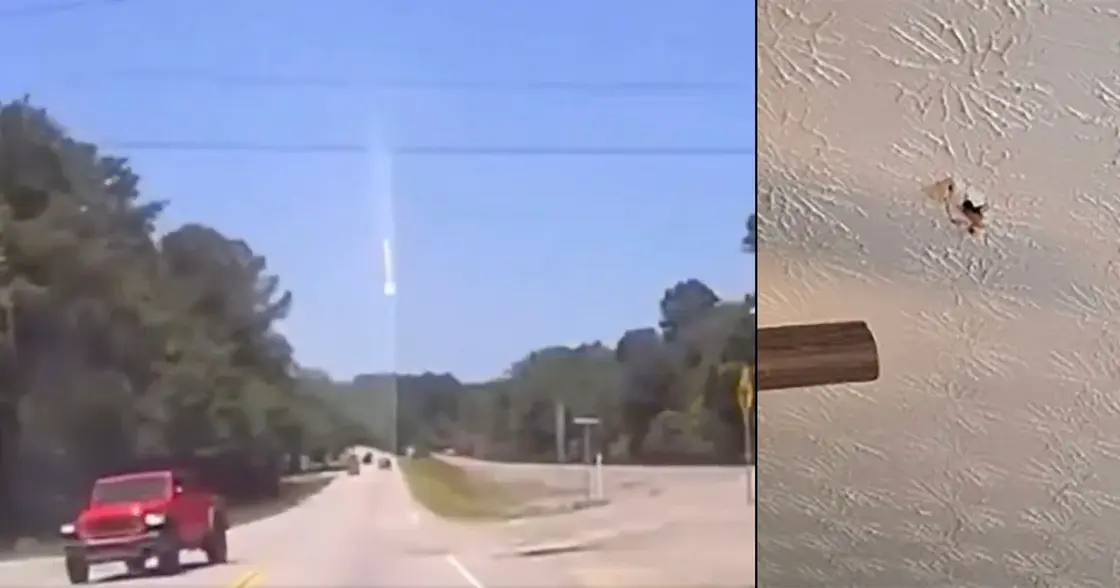
Meteorite in Georgia Home Found

Conch Shell Breathing Shows Promise for Sleep Apnea
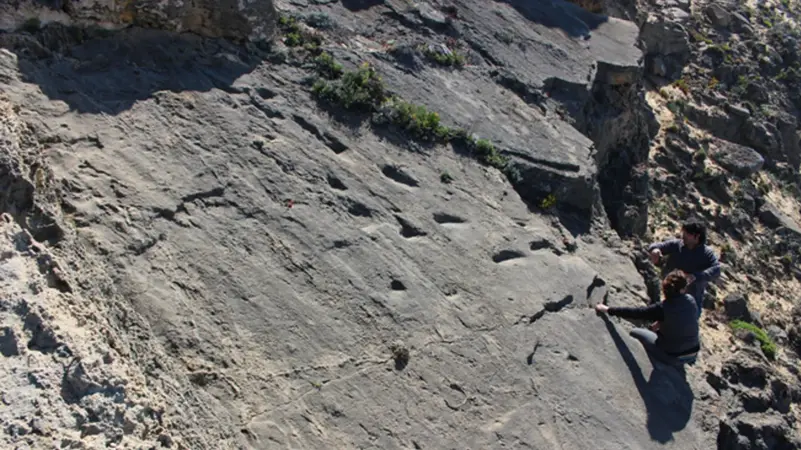
Neanderthal footprints found in Portugal
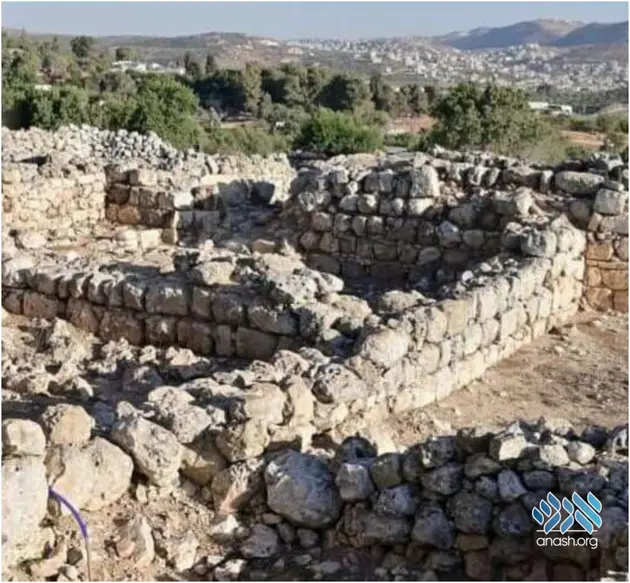
Ancient Mishkan structure potentially discovered at Tel Shiloh
